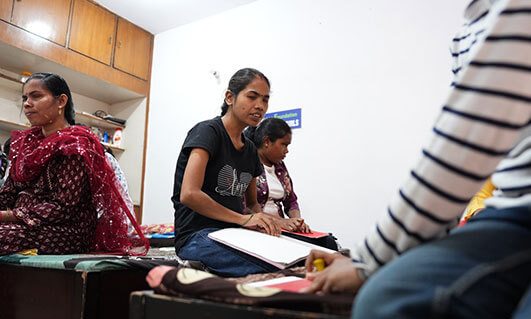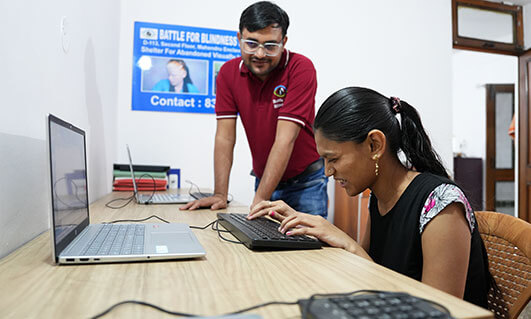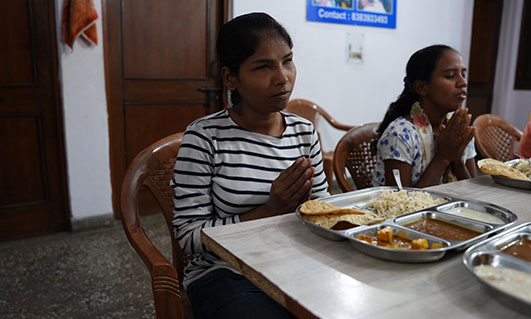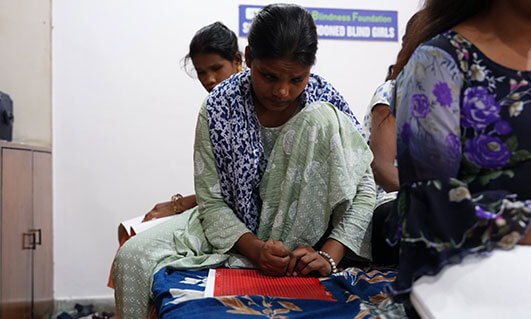
Maintaining a nutritious diet is essential for overall health, yet many visually impaired individuals face unique challenges when it comes to grocery shopping and meal preparation. Budget constraints can further complicate matters, but eating well on a budget is achievable with some planning and resourcefulness. This guide aims to empower visually impaired individuals to make informed food choices, save money, and enjoy healthy meals without overspending.
1. Plan Your Meals
Meal planning is a vital step in eating well on a budget. By deciding what to eat for the week ahead, you can avoid impulse purchases and reduce food waste. Here are some tips for effective meal planning:
-
Choose Simple Recipes: Look for easy-to-follow recipes that require minimal ingredients. Consider meals that can be prepared in bulk and stored for later, such as soups, stews, and casseroles.
-
Create a Shopping List: After planning your meals, make a detailed shopping list based on the ingredients needed. Stick to the list to avoid unnecessary purchases.
-
Incorporate Seasonal Foods: Seasonal fruits and vegetables are often more affordable and fresher. Check local markets or grocery stores for weekly specials and discounts.
2. Shop Smart
Shopping with a budget in mind can help you save money while still filling your pantry with healthy options. Consider the following tips:
-
Compare Prices: Use online grocery apps or websites to compare prices before heading to the store. Look for sales and discounts on staple items.
-
Buy in Bulk: Purchasing items in bulk can lead to significant savings, especially for non-perishable goods like grains, beans, and canned foods. Just ensure you have appropriate storage space.
-
Consider Generic Brands: Generic or store-brand products are often less expensive than name brands but may offer the same quality. Be open to trying these alternatives.
3. Utilize Assistive Technology
Assistive technology can significantly enhance the shopping experience for visually impaired individuals. Some useful tools include:
-
Mobile Apps: Apps like Be My Eyes and Aira can connect you with sighted volunteers or professionals who can help identify products and navigate the store.
-
Voice-Activated Assistants: Devices like Amazon Echo or Google Home can assist in creating shopping lists, setting reminders, or providing recipe suggestions, making meal planning and grocery shopping more efficient.
-
Accessible Grocery Apps: Many grocery store apps are designed with accessibility in mind. Look for those that offer voice navigation, screen reading capabilities, and easy-to-use interfaces.
4. Focus on Whole Foods
Whole foods are generally more affordable and nutritious than processed foods. Incorporate these budget-friendly options into your diet:
-
Fruits and Vegetables: Fresh, frozen, or canned fruits and vegetables are often less expensive than pre-packaged meals. Aim to fill half your plate with these nutrient-rich foods.
-
Whole Grains: Foods like brown rice, quinoa, and whole-grain pasta are affordable, filling, and provide essential nutrients. Buying these in bulk can save you even more money.
-
Proteins: Beans, lentils, and eggs are cost-effective sources of protein. Incorporating them into your meals can help keep you full and satisfied without breaking the bank.
5. Practice Cooking Skills
Cooking at home not only saves money but also allows you to control the ingredients and portion sizes. Here are some tips to enhance your cooking skills:
-
Learn Basic Cooking Techniques: Familiarize yourself with fundamental cooking methods such as boiling, steaming, and baking. Online tutorials and cooking classes can be helpful resources.
-
Invest in Accessible Kitchen Tools: Consider adaptive tools designed for visually impaired individuals, such as tactile measuring cups, talking kitchen scales, and high-contrast cutting boards.
-
Batch Cooking: Prepare large portions of meals and freeze them for later use. This approach saves time and ensures you always have healthy options on hand.
6. Get Creative with Leftovers
Transforming leftovers into new meals is an excellent way to minimize food waste and save money. Here are some creative ideas:
-
Reinvent Dishes: Use leftover vegetables in omelets, soups, or stir-fries. Combine grains and proteins to create new salads or grain bowls.
-
Store Properly: Invest in good-quality storage containers to keep leftovers fresh and make it easy to reheat meals.
-
Label and Organize: Use braille or large print labels to identify items in your fridge and pantry, helping you quickly find ingredients when planning meals.
7. Seek Community Resources
Many communities offer resources and support for individuals facing financial constraints. Consider these options:
-
Food Banks and Pantries: Local food banks often provide free or low-cost groceries to those in need. Many of these organizations also offer specialized programs for individuals with disabilities.
-
Nutrition Assistance Programs: Explore government programs such as the Supplemental Nutrition Assistance Program (SNAP) that can provide financial assistance for purchasing food.
-
Cooking Classes: Some community centers and organizations offer free or low-cost cooking classes tailored to individuals with disabilities, focusing on budget-friendly and nutritious meals.
Conclusion
Eating well on a budget is achievable for visually impaired individuals with the right strategies and resources. By planning meals, shopping smart, utilizing assistive technology, and focusing on whole foods, you can maintain a nutritious diet without overspending. Remember that cooking at home and getting creative with leftovers can further enhance your financial and nutritional well-being. With a little effort and creativity, you can enjoy delicious meals that support your health and budget.





